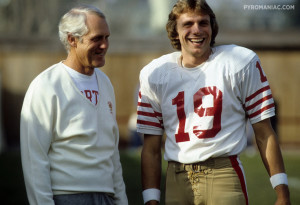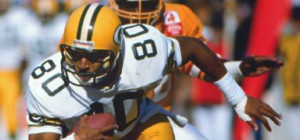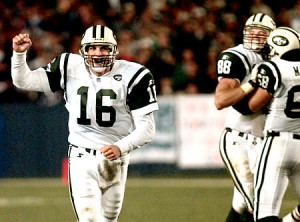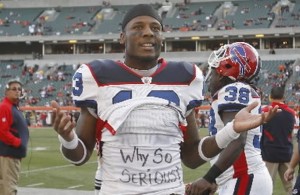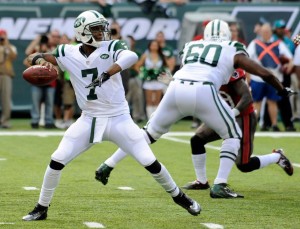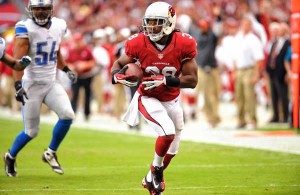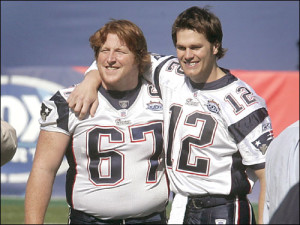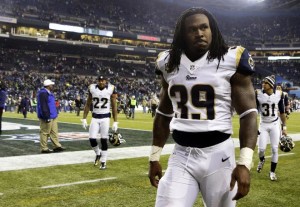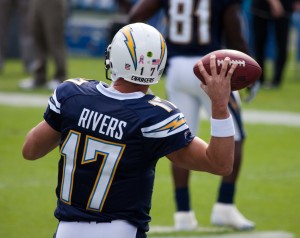
Rivers was outstanding in 2013, despite this throwing motion.
The Denver Broncos set numerous offensive records last year. The Chip Kelly Eagles had a fascinating offense that was lethal for stretches. The Saints offense was its usual efficient self, and the Chicago Bears under Marc Trestman had one of the best offensive years in franchise history.
Yet all of those teams had at least 61 drives last year that ended in a punt. San Diego , meanwhile, punted just 56 times. The Chargers only had 21 turnovers, which means only 77 San Diego drives could be clearly labeled as failures, or “bad drives.”
That’s pretty impressive; the 2013 Chargers were just the 36th team during the 16-game era to have fewer than 80 “bad drives” in a season. On the other hand, the Chargers were one of just five of those teams to score fewer than 400 points. San Diego’s offense was very efficient last year, but the 77 “bad drives” statistic is a bit misleading. That’s because the team had just 158 total drives last year according to Football Outsiders, while the average team had 186 drives.
Why did the Chargers have the fewest drives in the NFL? A bad defense certainly helped limit the team’s number of offensive drives: San Diego forced only 82 “bad drives” all year, too. But the main reason was that the offense was not just efficient, but uniquely efficient. According to Football Outsiders, San Diego averaged 3:22 per drive, a full 15 seconds more than the #2 team in that metric, Carolina. And the Panthers were the only other team to average at least three minutes per drive. One reason for the long time of possession is that the Chargers moved at a glacial pace between plays, rating as the 2nd slowest team according to Football Outsiders. The other teams in the bottom four in pace were all run-heavy — Carolina, Seattle, and San Francisco — which marks yet another way in which the Chargers were outliers. In several metrics — first downs per drive, yards per drive, and points per drive — San Diego and Denver were the top two teams in the NFL. But in pace, Denver ranked 4th, making the Broncos offense look and feel much different than San Diego’s attack.
Another reason the team’s average drive took so long to complete: San Diego averaged 6.85 plays per drive, with New Orleans second in that statistic with 6.35 plays. That’s because the Chargers had a very horizontal passing attack. According to NFLGSIS, Philip Rivers ranked 6th from the bottom in average length of pass at 7.75; only Jason Campbell, Sam Bradford, Matt Ryan, Alex Smith, and Chad Henne threw shorter passes. With the exception of Ryan, none of those quarterbacks came close, however, to matching Rivers’ league-leading completion percentage. What we have here is your classic hyper-efficient, short-area passing game, and the Chargers executed it beautifully.
In fact, here’s another unique part of the San Diego offense: it rarely targeted wide receivers. San Diego was one of just three teams to throw more passes to non-wide receivers than to wide receivers. Here’s how to read the table below: the Chargers threw 25% of all pass attempts to running back, 47.1% to wide receivers, and 27.7% to tight ends. Based on those percentages, San Diego ranked 4th in percentage of pass attempts to running backs, 30th in percentage of pass attempts to wide receivers, and 2nd in percentage to tight ends. [continue reading…]

